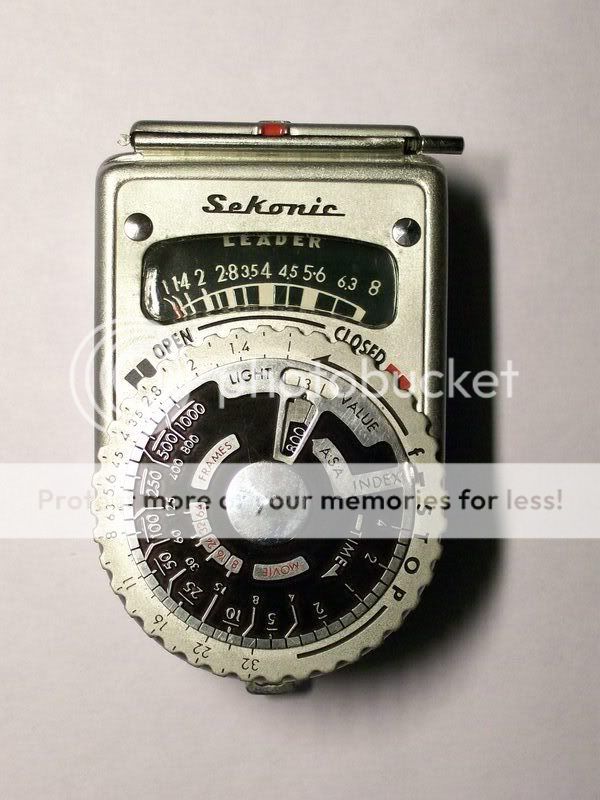I haven't used that model, but I have used similar meters so I'll have a stab at the method of operation.
Set the ASA - same as the ISO or EI.
Take a reading. It doesn't read flash, it only reads continuous light. There probably isn't an on/off switch - it reads all the time.
If the needle doesn't move, open the baffle over the metering cell, then try again.
If the baffle was in place, set the number the needle was pointing to against the red mark. If the baffle was open, set it to the gray (blue?) mark.
The meter now shows the range of aperture/shutter speed combinations that will give the 'correct' exposure. It also shows the Light Value, or LV. This is the same as EV, in the case of this meter.
The aperture scale is marked in half stops, the shutter speed scale in third-stops.
It's a silicon cell reflective meter, as far as I know. That means that it doesn't need batteries, ad you point it at the subject you want to meter, not at the light source. Test it by pointing it at the palm of your hand in full sun, and see if it gives a reading close to the sunny 16 rule. Silicon cells sometimes need to be replaced. Sekonic used to give a rule of thumb for using their meters as incident meters in very low light conditions - place them at the subject and point them at the light source. Multiply the shutter speed by ten. If 1/15 is indicated, give 10/15 s, or 2/3 s, or call it 1 s to be on the safe side of 1/2 s.
Have a look on butkus.org for the pdf manual. Do you know the model number? If you can't find the exact manual, you should be able to find one that is close.
Good luck,
Helen














